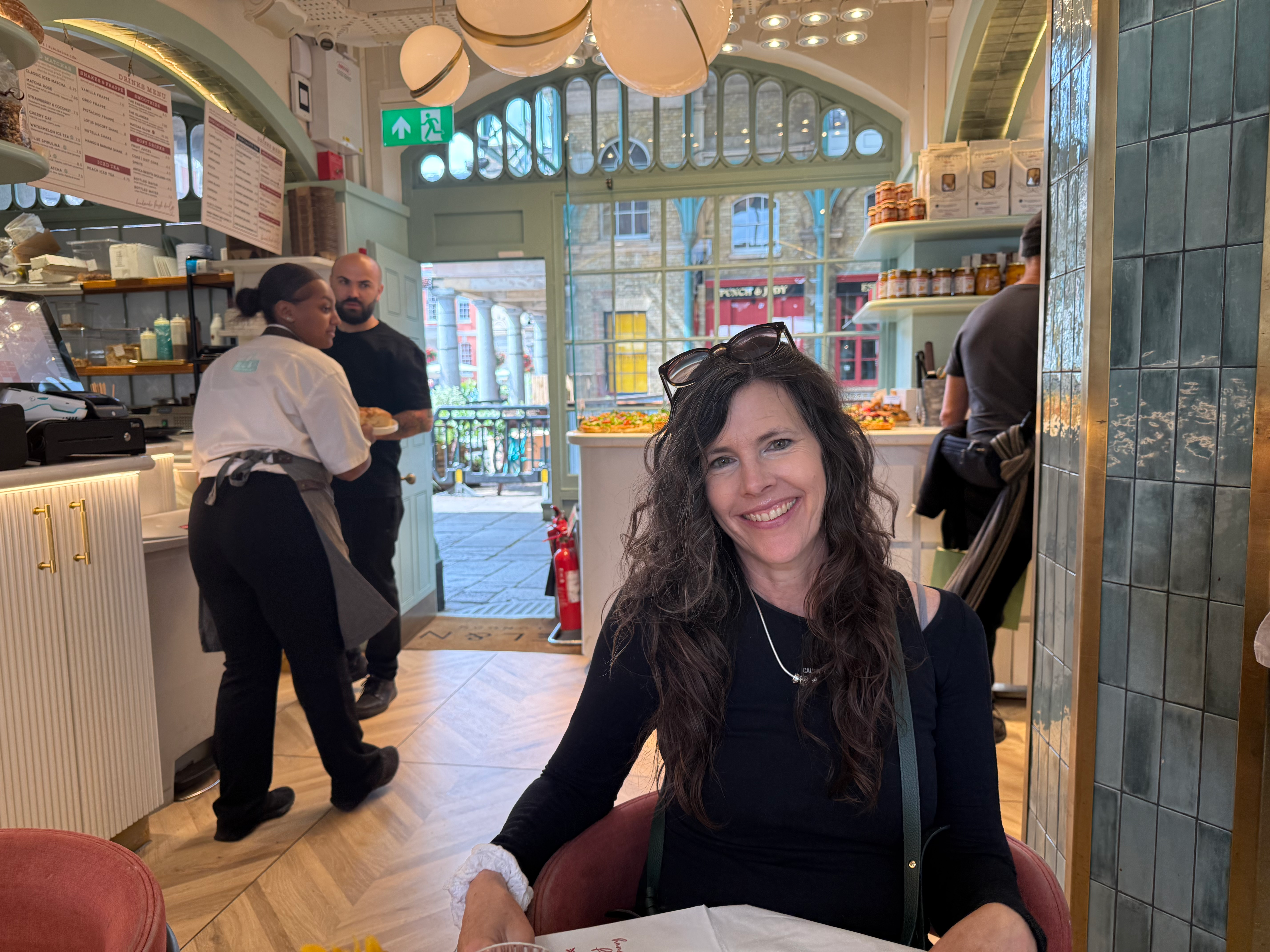Understanding Possessive Dog Behaviour: A Guide for Pet Owners
- Sarah Tolliss

- Sep 27
- 3 min read
Updated: Oct 6
Many Dogs Show Possessive Behaviour
Many dogs exhibit possessive behaviour — also known as resource guarding — over food, toys, or even their favourite spot on the sofa. While this instinct is natural, it can pose challenges for owners if not managed properly. At Happy Paws Horsley, we understand how crucial it is to keep pets safe, happy, and stress-free. Here’s what you need to know about this behaviour, why it occurs, and how you can help your dog.
Why Do Dogs Guard Their Food or Objects?
Possessiveness often stems from survival instincts. In the wild, resources like food or shelter are limited. Protecting these resources ensures survival. In a home environment, this behaviour may surface when your dog feels insecure or has learned that guarding gets them what they want.
Common Causes of Resource Guarding
Several factors can contribute to possessive behaviour in dogs:
Past Experiences: Dogs that have faced food scarcity may guard their resources more fiercely.
Fear of Losing Valued Items: Some dogs may feel threatened by the possibility of losing their toys or food.
Genetic Predisposition: Certain breeds are more prone to resource guarding.
Lack of Training: Dogs that haven't been taught to share or have items taken away may develop possessive habits.
Signs of Possessive Behaviour
Dogs display resource guarding in various ways. You might notice:
Growling, snapping, or stiffening when approached
Hovering over food or a toy
Eating quickly when someone comes near
Giving a warning look if you reach for their possession
Recognizing these signs is the first step in addressing the behaviour.
How to Manage Possessive Behaviour
The good news is that, with patience and consistency, you can help your dog feel more secure and reduce their guarding tendencies. Here are some effective strategies:
1. Avoid Punishment
Never punish your dog for growling or guarding. This can exacerbate the behaviour or instill fear. Instead, view it as valuable communication.
2. Teach “Trade” or “Leave It”
Reward your dog for swapping a toy or bone with you. Start with low-value items and gradually progress to higher-value ones. Always offer something equally or more rewarding in return.
3. Hand-Feed Meals
Feeding from your hand or adding food to your dog’s bowl while they eat helps them associate your presence with positive outcomes. This builds trust and reduces anxiety.
4. Desensitise Gently
Approach the food bowl or object calmly, toss a treat, and walk away. Over time, this teaches your dog that people near their possessions mean good things happen.
5. Provide Safe Spaces
Create a designated area where your dog can enjoy high-value chews or meals without disturbance. This gives them a sense of security.
When to Seek Professional Help
If your dog’s behaviour feels unsafe or intense, it’s wise to consult a professional trainer or behaviourist. They can tailor a plan to your dog’s needs, ensuring everyone's safety.
Understanding Your Dog's Needs
Possessive behaviour with food or objects doesn’t make your dog “bad.” It simply indicates they need guidance, security, and training. With consistency and positive reinforcement, most dogs can learn to relax and trust around their valued items.
Final Thoughts
At Happy Paws Horsley, we’re here to support you with advice, walks, and care to keep dogs balanced and content. After all, a happy dog makes for a happy home. 🐾
Additional Resources for Pet Owners
If you’re looking for more information on managing possessive behaviour, consider exploring resources that offer insights into dog training techniques. Understanding your dog’s instincts can help you create a more harmonious environment.


Comments